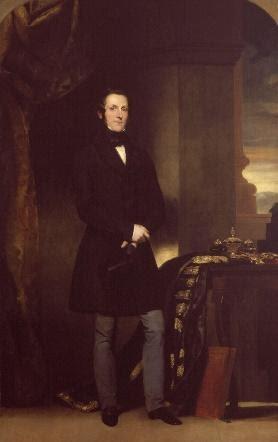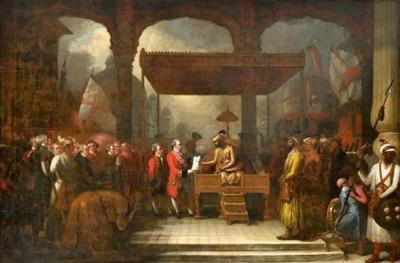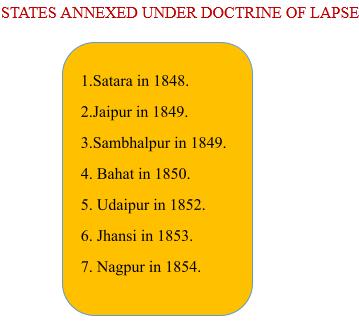PDF chapter test TRY NOW
The Annexation Plan
The Arrival of Lord Dalhousie

Lord Dalhousie
He thought that it was easy to bifurcate the native rulers as they were already depleted by losing battles against the British forces.
The doctrine of Lapse – The Brainchild of Dalhousie:
- Dalhousie was keen on increasing British exports to India. He believed the European exports are suffering due to the poor administration of the Indian rulers, so he decided to annex land under the policy of “Doctrine of Lapse”.
- This policy stated that “when the ruler of a state is dead due to war or sickness, the king's throne should not be accessed by his adopted heir, only when there is a legal heir the throne can be succeeded”.

The signing of the doctrine of Lapse
- When there is no legal heir for the king, his territory will be placed under the British empire. This provision angered the native rulers.
- Dalhousie also declined to recognise the titles of native rulers. So the titles of Nawab and Raja slowly became extinct. He also declined their pensions which in turn deprived their financial autonomy.

The Policy of Doctrine of Lapse angered the native rulers, which the later historians believed as the root cause of the Revolt that shook the nation against the British forces, known as the “Great Revolt of1857”.
